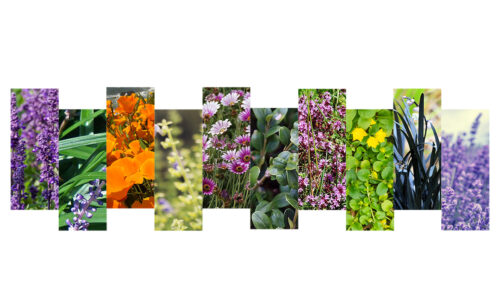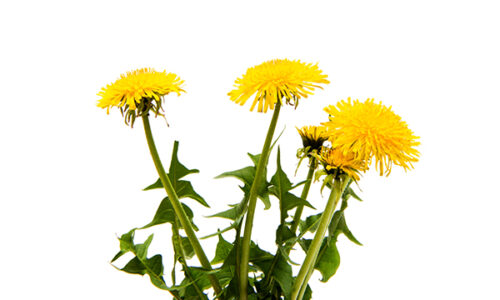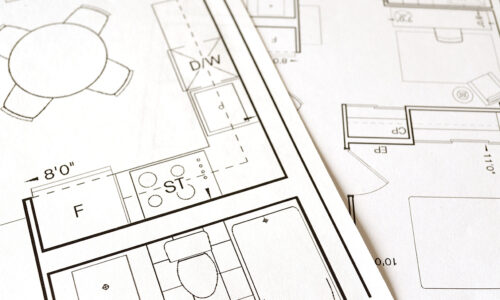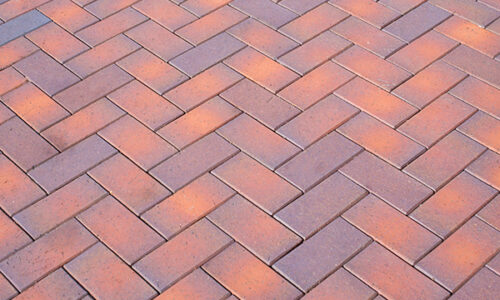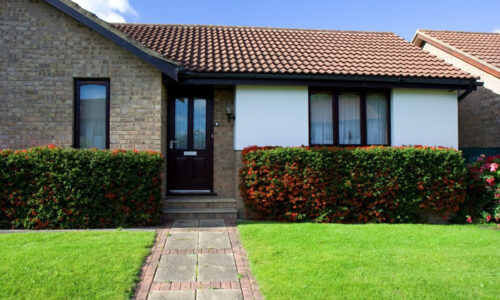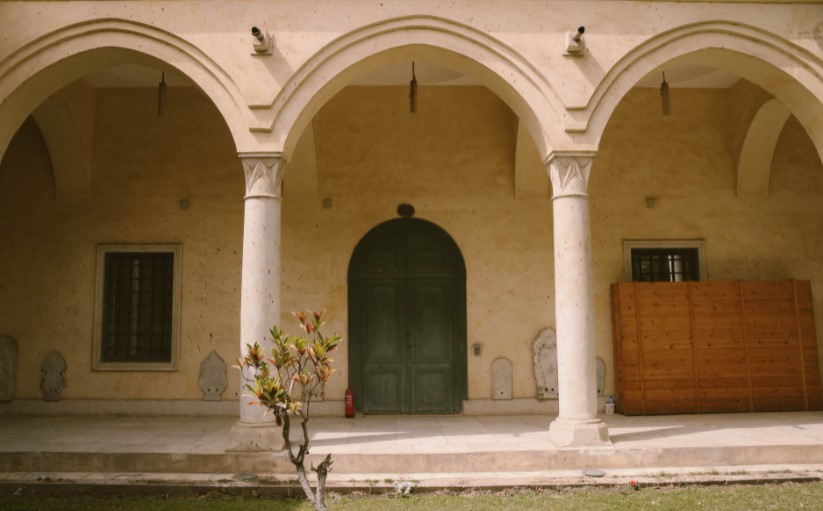
Top 12 Materials Every Architect Should Know
- Architecture
- architecture
- May 21, 2021
It is important for architects to know what materials are most appropriate in different scenarios. Some of these include concrete, brick, steel or wood. Each one has its own set of advantages and disadvantages that should be considered when designing a building. For example, some buildings need to be fireproof while others may not care too much about it.
Architects are always seeking to learn more about the materials they use daily in their work. Whether you’re a student or professional, these 12 materials should be on your radar.
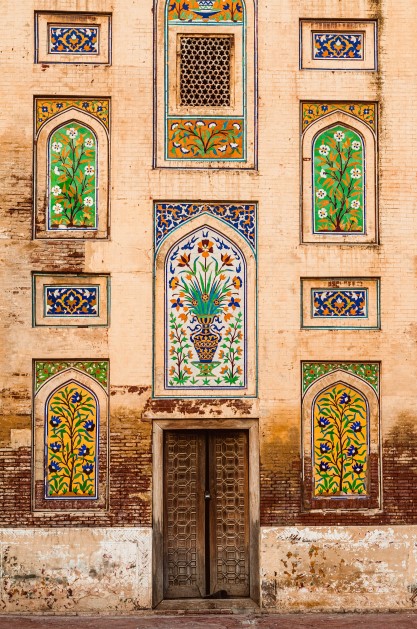
1) Concrete
This material is one of the most popular because it offers great strength and durability for less cost than steel. It can also be poured into almost any form with amazing detail, which makes it a good choice for those who want to create intricate designs in their buildings.
There are a few downsides of this material though, it must cure for at least two weeks before being used which means that in the summer months concrete will take longer to dry out than steel.
2) Plastic
This material has been used since the 1950s and is found in many different shapes and sizes today. The best quality plastic sheets have a UV stabiliser that will protect them from sun damage, so they last longer than other plastics without compromising on other factors such as weight.
This material is often used for cladding and roofing, as well as signage. It has a lot of benefits when it comes to cost-effectiveness because the material can be recycled time and again without loss in quality or strength.
One of the downsides to plastic is that water cannot escape through the surface due to its waterproof quality, which makes it difficult to use in areas where rain is a heavy factor.
3) Wood
This material is versatile, durable and aesthetically pleasing. It can be stained or varnished to suit a variety of different needs easily too. Wood has been used for many, many years and is best known for it’s strength!
Wood is also fire-resistant, which is an attractive property for those in areas with a high risk of fires.
Wood has some drawbacks as well though – it’s not waterproof and can be damaged by moisture. It also needs to be replaced every few years because the wood will start showing signs of decay eventually!
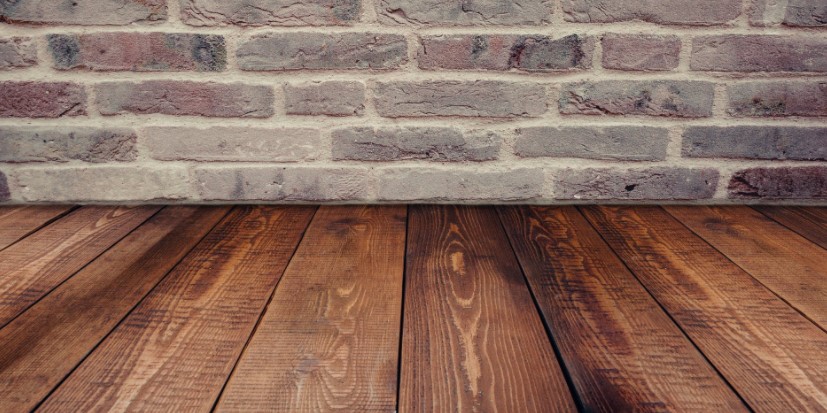
4) PVC Polyester
Polyester comes in many different types, but PVC Polyester is the most common. It offers great strength and durability for less cost than steel or aluminium. It is inexpensive and can last for years if cared for properly.
This material is easy to work with and can be cut into many different shapes without much difficulty. Polyester is resistant to water, corrosion, heat and sunlight. It does not need regular painting or staining like other materials do but this means that it will start deteriorating over time; although the process may take decades which makes for great value in comparison to some of the more expensive options on offer today. PVC polyester has a high tensile strength as well so it’s perfect for practical use such as fencing, cladding panels and outdoor furniture too.
5) PVC Nylon
This material is often used in conjunction with polyester and can be a good way of reducing the risk of fire. If you’ve ever seen this type of plastic it looks tough and durable, but also weaves itself into many different shapes which makes for some great practical applications from cladding panels to wire covers too; plus PVC Nylon is fairly cheap so there are plenty more opportunities to save money on your construction budget as well.
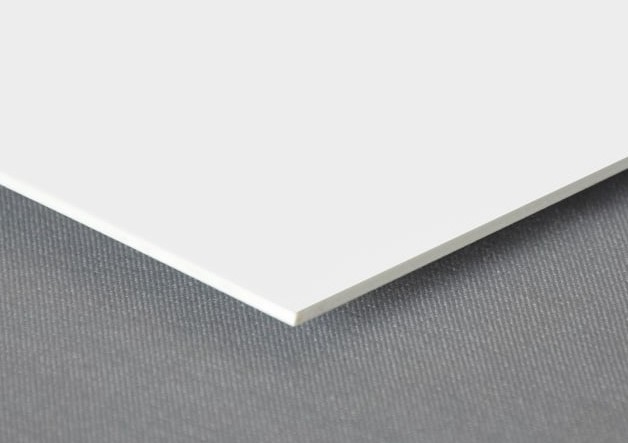
6) Timber
One architectural material that has been around for centuries yet still provides excellent value today is timber. Timber isn’t just aesthetically pleasing either because it’s both lightweight and strong meaning architects don’t have to worry about structural integrity or weight restrictions when using wood.
This material is also excellent for construction in environments where water is abundant because it can resist rot and provides a natural insulator.
Timber isn’t without its drawbacks though as the material cannot be used when concrete or steel may need to be installed, so this type of wood should only really be considered if there are no other viable options available.
7) Cotton
The next material on our list is cotton. Cotton is a great natural textile that works for everything from upholstery to carpeting and can also be found in clothing too. But designers aren’t the only ones who love it because cotton lasts so much longer than synthetic materials which means you’ll have less waste as well! Cotton is also one of the earliest architectural fabrics found, but the lifespan tends to be short and temporary.
8) Silicone Glass
The newest material on our list is silicone glass. Silicone glasses are the perfect example of what happens when you combine two materials in one because they offer both an innovative aesthetic and sustainable benefits for design. Silicone glass is transparent, so it is the perfect material for splashbacks and windows.
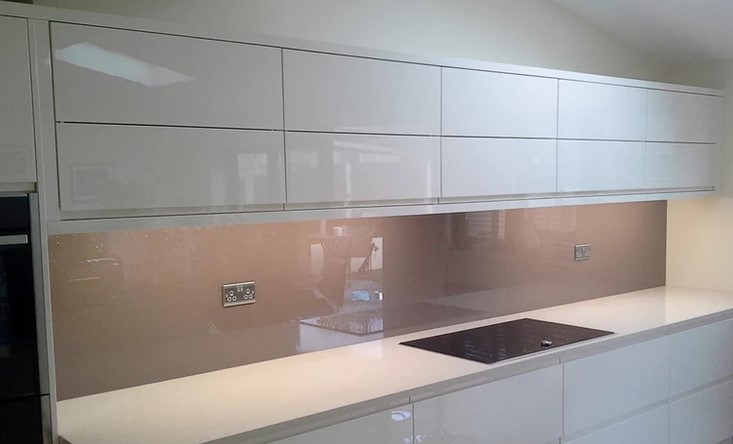
9) PTFE Glass
PTFE glass is similar to silicone glass except it is translucent. This type of glass can be used for both interior and exterior applications, but it’s most commonly found as a cooking surface that resists food sticking to the pan by using microscopic channels in the coating which are filled with an inert gas.
10) ETFE Foil
ETFE Foil is a synthetic polymer that has more than 75% air. It is waterproof and highly resistant to UV rays, which means it can be used for the roof of buildings as well as water tanks or other structures outside.
ETFE Foil is also used as a protective shield in large spaces like airports or trade fairs and it can even be wrapped around buildings to create an airtight barrier.
11) Polycarbonate
Commonly found in acrylic sheets, polycarbonates are strong materials with high impact resistance making them perfect for use where safety and durability are important considerations such as storefronts and windows.
This material is also used as a protective cover for outdoor structures because it’s UV resistant, fireproof and waterproof. Polycarbonate is a versatile material that can be used for anything from greenhouses to car windshields.
12) PVC Plastic
Another common material type is PVC plastic; when you think about all those white pipes supplying water to your home this should come as no surprise! This durable thermoplastic offers an affordable alternative to metal piping systems because its elasticity makes it easy to install without special tools or equipment.
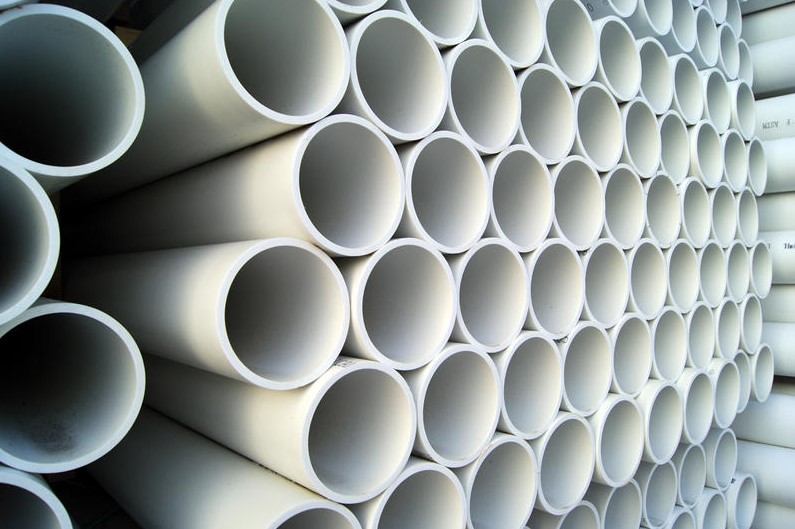
So that’s it! Now you know the top 12 materials every architect should know and why. If you’re an architect, feel free to share this article with your friends in the field!
